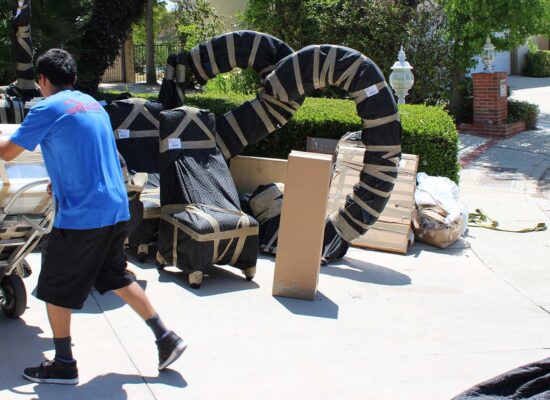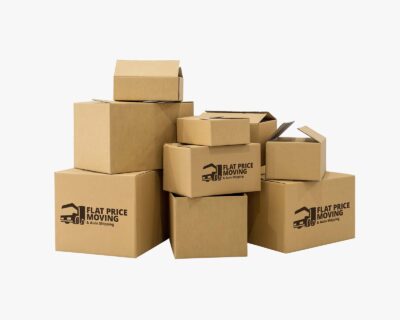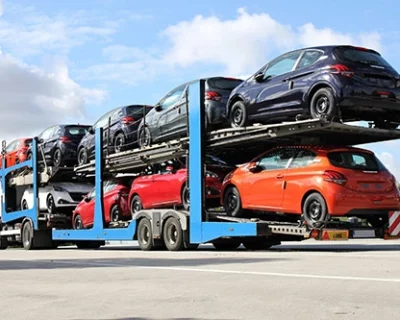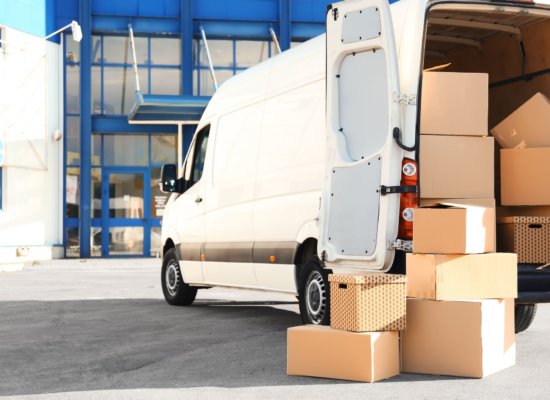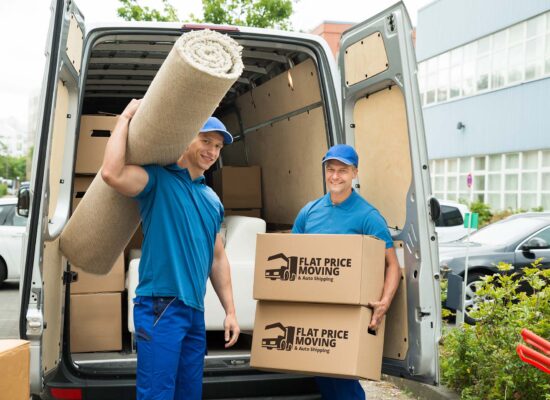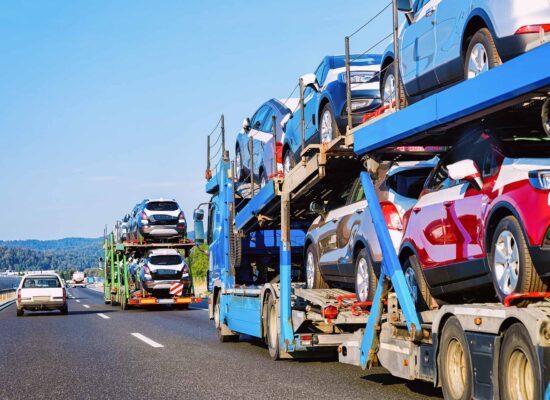Coastal Journey – A Complete Guide to Car Shipping from Washington to California
Starting your coastal journey? Our complete guide to car shipping from Washington to California is your perfect roadmap! Whether you’re relocating, selling, or just sending your vehicle to the West Coast, we provide the essential tips for a smooth journey. With expert advice from our cross-country movers, this guide ensures a hassle-free experience, making sure your prized possession arrives safely and punctually!

What are the most important steps when shipping a car from Washington to California? This involves selecting a reputable auto transport company, scheduling the transportation during optimal times to avoid seasonal delays, and preparing the vehicle for transport. This preparation includes conducting a thorough inspection, documenting any existing damage, removing personal items, and ensuring all necessary paperwork and documentation are in order. Focus on these key areas—choosing the right carrier, timing your shipment wisely, and adequately prepping the car.
Start With a Plan for the Car Shipping From Washington to California Process
Initiating the process of vehicle transport from Washington to California with a thorough plan and organization can significantly reduce stress and anxiety.
A well-structured approach includes researching reputable auto transport and moving companies, learning about insurance coverage, and preparing the automobile for transportation.
Early engagement allows better rates and scheduling preferences, ensuring a seamless transition.
Emphasizing a detailed checklist that covers all facets of the process—from selecting a carrier to vehicle preparation—facilitates smoother, more predictable transportation.
The Best Time to Ship a Vehicle
Optimal timing is crucial in long-distance vehicle shipping, with the best time to move often correlating with weather conditions and demand. Generally, summer months offer more reliable weather for transport, yet prices may be higher due to increased demand.
Conversely, the cheapest way to relocate might be during the off-peak seasons, like late fall or early winter, though one must be prepared for potential delays due to inclement weather. Choose the season that aligns with your priorities and relocation budget.
Calculate the Expected Transit Time
Calculating the expected transit time is essential to get organized. It involves thinking about the distance, route specifics, and potential delays, especially when opting for transport during winter months.
A car shipping company such as Flat Price Auto Transport and Moving can provide estimates, but it’s wise to plan for flexibility in the schedule to accommodate unforeseen delays. Aligning the transportation timeline with one’s overall relocation schedule ensures that the arrival of the automobile correlates with the individual’s needs, making the transition smoother.

Select a Reliable Car Shipping Company
Selecting a reliable car shipping company is paramount when planning an interstate move. It can be a long-distance moving company offering interstate car shipping services, which typically have extensive experience with such relocations.
When one decides to choose a relocation company, it’s essential to look for those with positive customer reviews, transparent pricing, and comprehensive service offerings. Reputable companies often provide detailed contracts, offer insurance options, and have accessible customer service. These features ensure a smoother and more secure vehicle moving experience.
Verify the Company’s License and Insurance
Ensuring the chosen auto transport company has the proper license and insurance coverage for interstate transport is crucial for a stress-free relocation. Prospective clients should ask for the company’s USDOT number and verify it through the Federal Motor Carrier Safety Administration (FMCSA) to confirm their legitimacy.
Additionally, checking the Better Business Bureau website for ratings and customer feedback can offer insights into the company’s reliability and service quality. Verifying these credentials helps protect one’s vehicle throughout the transit process.
Compare Open vs. Enclosed Carrier Benefits
Choosing between open-trailer auto shipping and enclosed car transportation depends on one’s specific needs and concerns. Open carriers are more common and affordable, while enclosed carriers offer superior protection from the elements and road debris. Here are the benefits of open trailers:
- More affordable than enclosed trailers.
- More availability and flexibility with scheduling.
- Good visibility of the four-wheeler during transport.
For more luxurious rides and classic automobiles, full protection is advisable. But before you rush into making any choices, let’s consider the benefits of enclosed car transportation. First of all, it offers protection from weather and road debris, and it’s ideal for high-value, antique, or luxury vehicles. Additionally, it provides more privacy and security for the vehicles.
When evaluating options, prepare a list of questions to ask long-distance movers, including inquiries about their experience with each type of transport, to make an informed decision that would be ideal for your cherished four-wheeler.
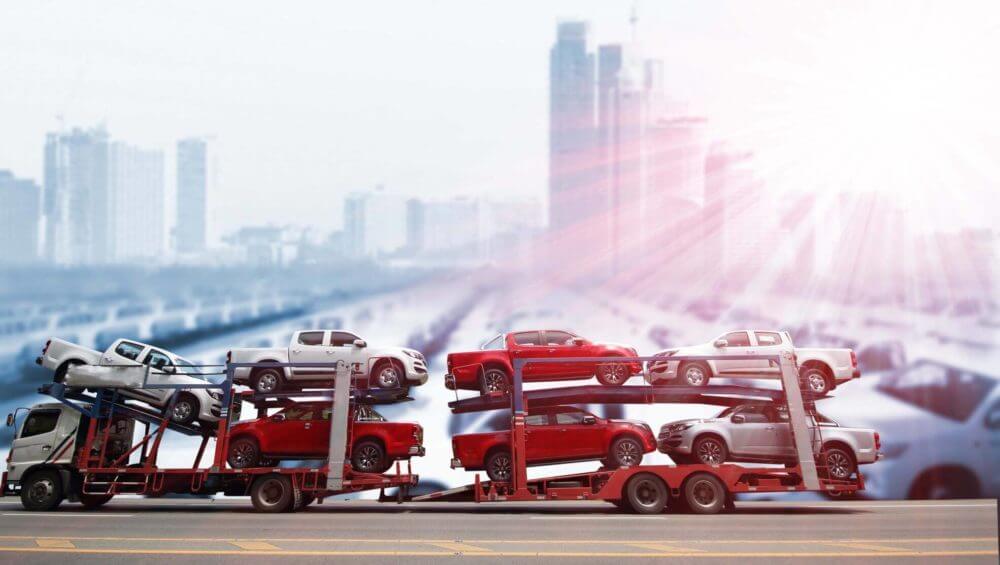
Prepare the Vehicle for the Journey From Washington to California
Preparing a four-wheeler for the journey from Washington to California involves several crucial steps to ensure it arrives safely and without complications. This preparation phase is not just about adhering to car shipping safety measures. It’s also about making the vehicle ready for cross-country movers’ arrival.
The process includes cleaning the car to allow easy inspection of its condition, removing all personal items to prevent loss or damage, and securing or removing loose parts to avoid any mishaps during transport.
Carry Out Essential Pre-Shipping Vehicle Checks
Before handing over the automobile to the cross-country moving company, conduct essential pre-transportation vehicle checks. These checks ensure that the automobile is in good condition and ready for the journey ahead. Here’s a list of inspections one must do:
- Check for any leaks and ensure all fluids are at proper levels.
- Leave ¼ of the gas in the tank.
- Verify that the tires are properly inflated and in good condition.
- Confirm that the brakes are functioning correctly.
- Remove all personal belongings and valuables. If you’re asking yourself what to keep in the car – NOTHING.
- Take photos of the vehicle from various angles to document its condition before transporting it.
Gather Car Shipping Documentation and Paperwork
When preparing for a move to a new state, gather the necessary documentation and paperwork for interstate vehicle transport. This documentation typically includes the original title and registration of the four-wheeler, and also proof of insurance, showing current coverage.
Other documents include a valid photo ID of the owner and a bill of lading that is provided by the company at pickup and serves as a receipt and a shipment contract.
Having these documents organized and readily available helps ensure a smooth handoff to the movers and compliance with all legal requirements for California transport.

Opt for a Delivery Option
Choosing the right delivery option impacts both the convenience and the final steps of receiving your vehicle in California. Another thing to do after moving is to receive the vehicle and ensure this step is easy and smooth as well.
Whether opting for terminal-to-terminal or door-to-door delivery, find out whether the benefits of each can help tailor the service to fit the needs, budget, and schedule. It’s essential to coordinate with the auto transportation company in advance to arrange the most suitable delivery option.
Terminal-to-Terminal Delivery Is a More Cost-Effective Option
For those looking to save money on costs, terminal-to-terminal delivery stands out as a more budget-friendly choice. This option involves dropping off the four-wheeler at a specified terminal in Washington and picking it up from another terminal in California.
It’s particularly advantageous for individuals who are flexible with their schedules and can manage the vehicle drop-off and pick-up on their own. Terminal-to-terminal delivery can significantly reduce the overall transportation cost, making it an appealing option for those who wish to allocate their resources elsewhere during the relocation process.
Door-to-Door Delivery Offers More Convenience
Door-to-door delivery emerges as the pinnacle of convenience, especially when considering the hustle and bustle of areas like Los Angeles. This service eliminates the need to navigate through the city’s notorious traffic to retrieve an automobile from a terminal, offering a straightforward solution to receive the car directly at one’s new home.
The phrase “evade the traffic in LA during the relocation” resonates well with this option, as it minimizes the additional stress and logistical challenges of moving. Opting for door-to-door delivery provides peace of mind, knowing that the vehicle will arrive safely at the doorstep, ready for the new adventures in California.
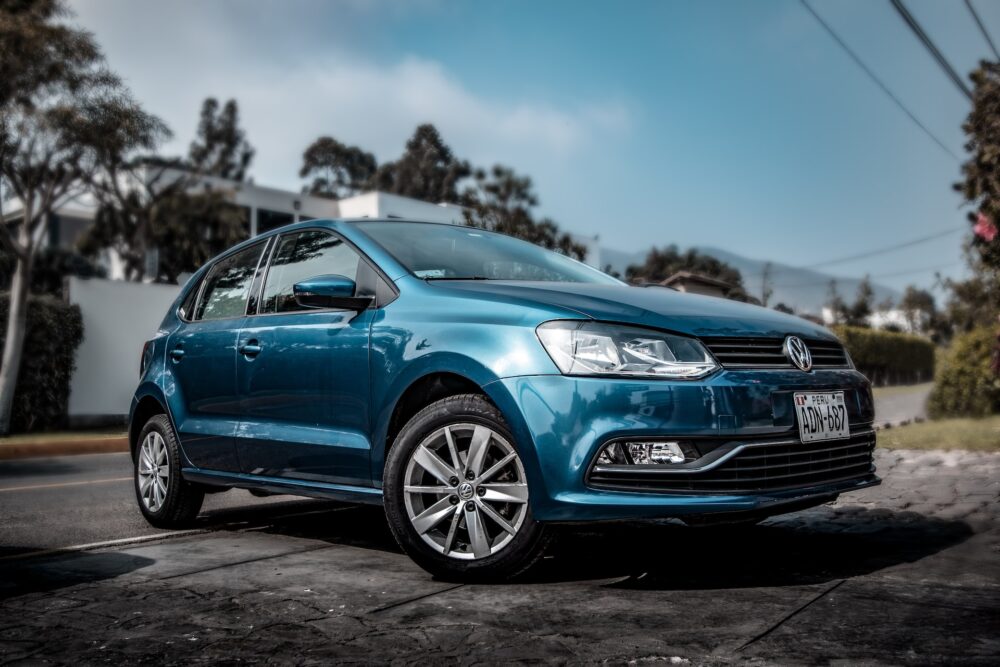
Last Phase – Receive the Vehicle in California
The final step of relocating to California involves the crucial phase of receiving the vehicle. This process varies slightly depending on the chosen delivery method, but for the door-to-door delivery option, someone must be present to receive the keys from the driver.
Upon the vehicle’s arrival, a thorough inspection is conducted alongside the driver to verify its condition against the pre-shipment inspection report. It’s also the time to finalize any remaining paperwork and confirm the completion of services as agreed. Being prepared for this phase means having a clear schedule to meet the delivery.
Conduct Post-Shipping Vehicle Inspection
Compare the vehicle’s condition upon arrival with the documented condition before transportation. Look for any new scratches, dents, or damages. Check the functionality of the vehicle, including starting the engine, operating lights, and testing brakes.
If there’s any damage, document it with photos and note it on the bill of lading before signing it. This documentation is essential for filing a claim with the company or insurance.
If discrepancies are found, report them immediately to the transportation company to initiate the claims process.
Adjust to California’s Driving Conditions
Prepare for busier traffic, especially in metropolitan areas like Los Angeles and San Francisco. Patience and defensive driving are key. Familiarize yourself with California’s driving laws, such as those regarding cell phone use, and lane splitting for motorcycles.
Be mindful of the diverse terrains and climates, from coastal routes to desert highways and mountain passes. Consider the environmental regulations, including emissions standards, which are stricter in California. Ensure the automobile complies with these requirements to avoid fines or registration issues.
Moving Services
Whether you are moving from New York to Los Angeles or from San Francisco to Chicago, we can help you.
Read morePacking Services
Our moving teams are trained to pack your belongings in the most efficient manner possible.
Read moreAuto-Transport
If your first concern is having your vehicle transported safely and efficiently, enclose shipping is the way to go.
Read moreOur Capable Movers Can Ship Your Vehicle Quickly and Efficiently
We’ve delved into the importance of selecting the right delivery option, conducting a thorough post-shipping inspection, and adjusting to California’s unique driving conditions. As we conclude, remember that our company, Flat Price Auto Transport and Moving, stands ready to assist you with not just vehicle transportation but also long-distance moving services, including professional packing services.
Our capable movers are committed to shipping your vehicle quickly and efficiently, ensuring a seamless transition to the new home. For a worry-free relocation experience that combines expertise, reliability, and comprehensive service, don’t hesitate to contact us.
Frequently Asked Questions
How Long Does It Typically Take to Ship a Car on This Route?
Transporting an automobile from Washington to California typically spans 1 to 2 weeks. This timeframe can fluctuate based on weather, traffic, and logistical factors along the route.
What Are the Benefits of Enclosed Trailers for Interstate Car Shipping?
Enclosed trailers provide enhanced protection against weather and road debris, making them ideal for long-distance transport of high-value automobiles. They offer privacy and security, reducing the risk of theft or vandalism during transit.
How Should I Prepare My Car for a Long-Distance Shipping Journey?
Before embarking on a long-distance transportation journey, automobiles should be cleaned, and a thorough inspection should be conducted to document their condition. Removing personal items and ensuring the fuel tank is only a quarter full are also advisable steps.
What Steps Should I Take if My Car Is Damaged Upon Arrival?
If an automobile sustains damage during transit, it’s crucial to document the damage upon delivery, notify the transport company immediately, and file a claim according to the company’s guidelines.
Can I Ship Personal Items in My Car During the Journey?
Regulations typically prohibit the transportation of personal items inside automobiles during transit due to weight restrictions and safety concerns. It’s advised to consult with the transport company for specific policies and exceptions.


